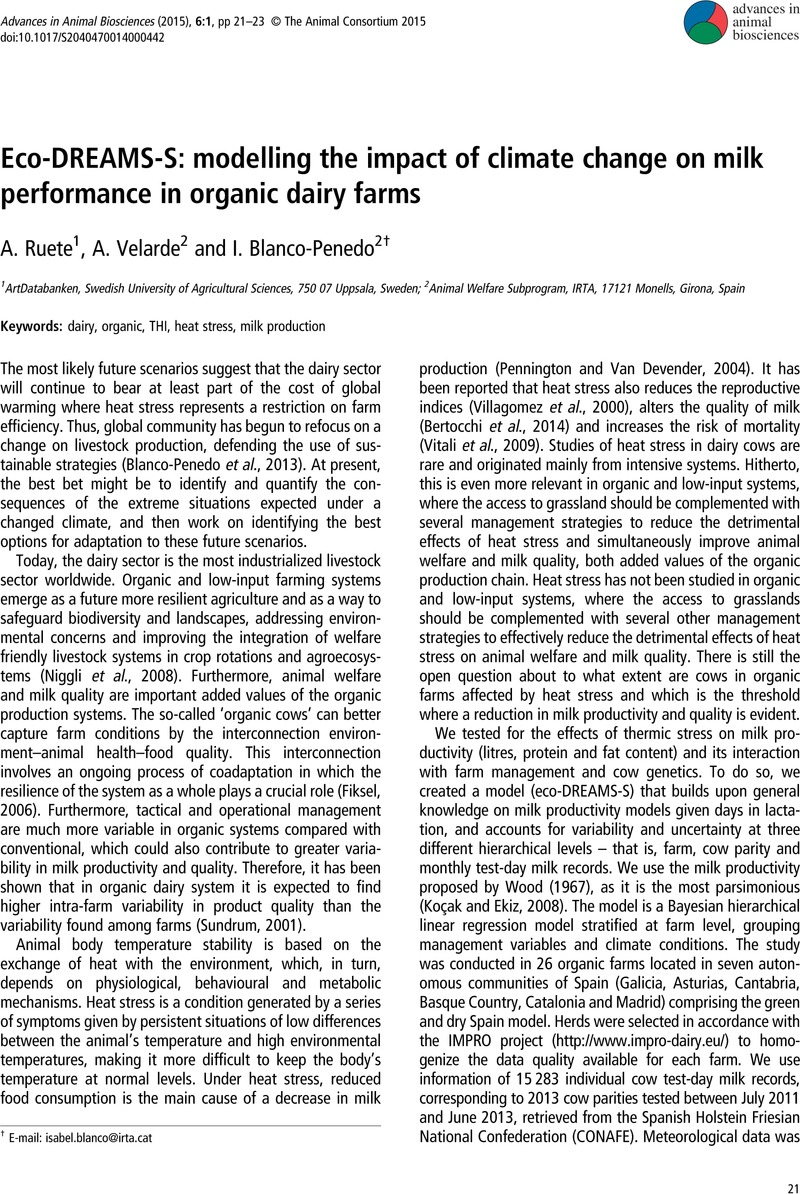Crossref Citations
This article has been cited by the following publications. This list is generated based on data provided by Crossref.
Ur Rahman, Mujeeb
Khan, Momin
Khan, Sher Wali
Khan, Rahat Ullah
Sohail, Aamir
Zaman, Ali
and
Alam, Naveed
2023.
Novel Schiff bases of Vanillin: potent inhibitors of macrophage harbored Leishmania tropica.
Journal of Parasitic Diseases,
Vol. 47,
Issue. 3,
p.
619.



